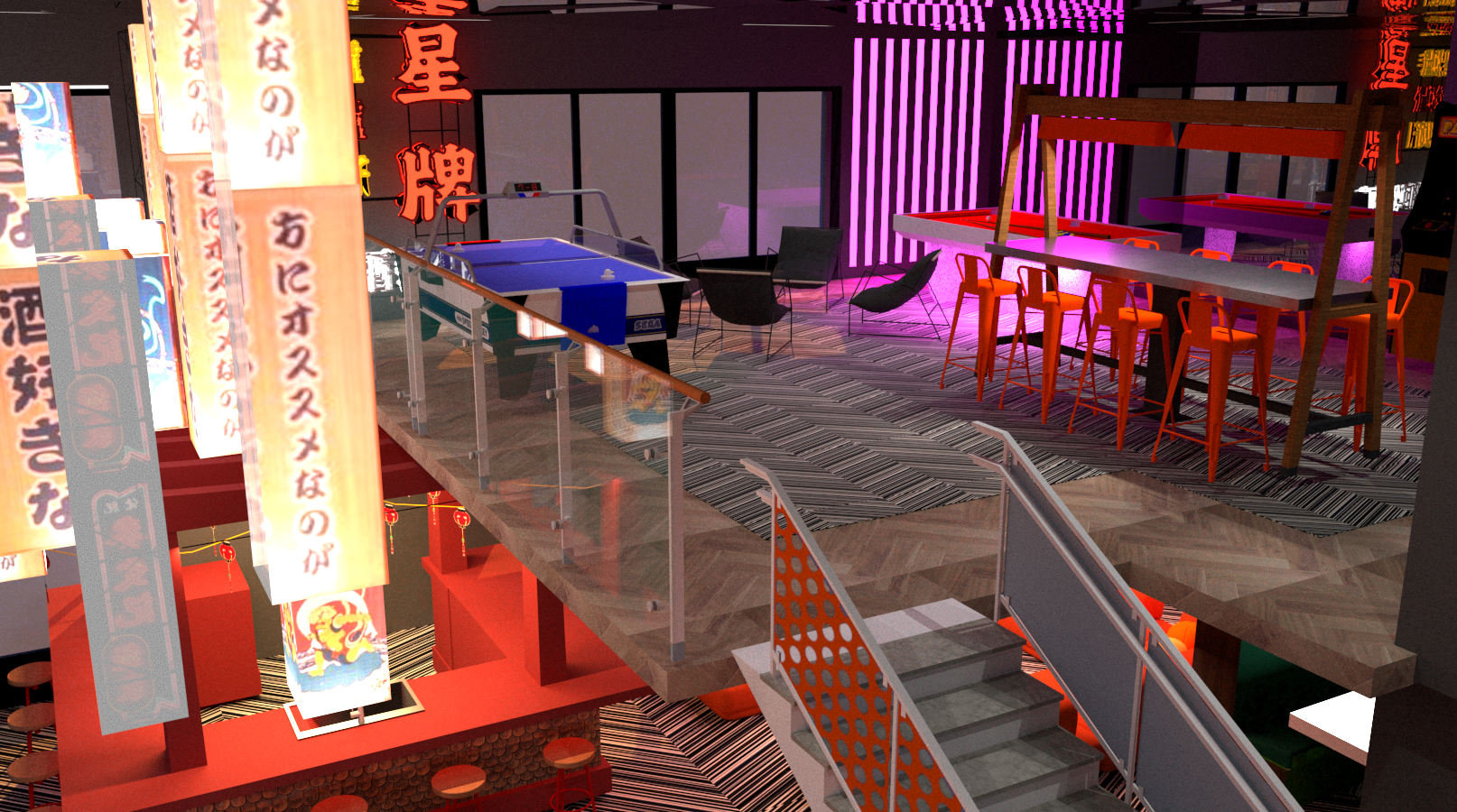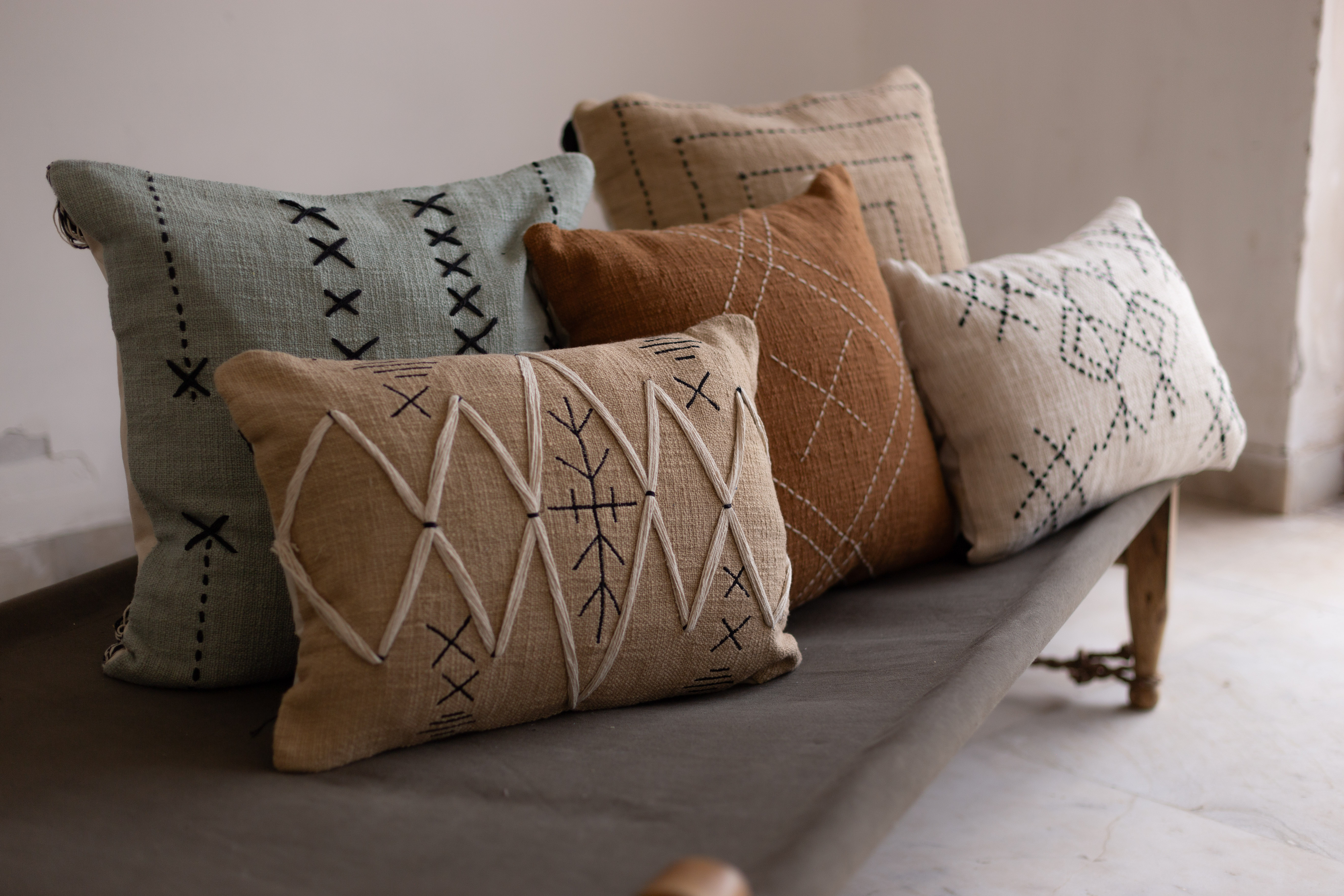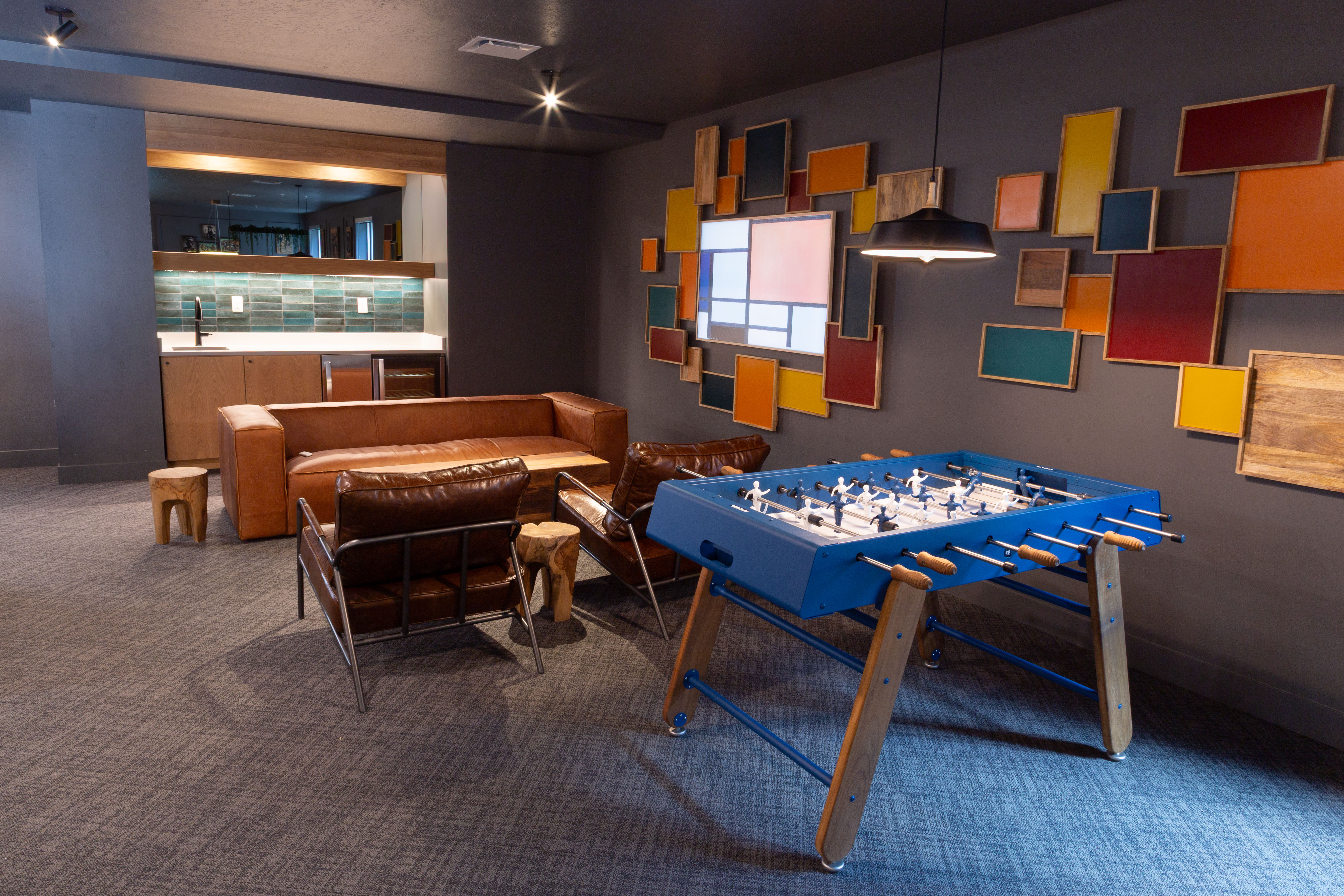Tarrifs are this moving boogie man apearing out of nowhere, then seamingly disappearing just as you've priced them in, heres a play.
Anyone working in development today is feeling the same pressure. Costs are unpredictable. Land and labor are always big variables, but the silent disruptor right now is tariffs. They show up in all the details that bring a project together: lighting, furniture, plumbing fixtures, casegoods, and the countless items that turn drawings into real spaces. What used to be stable procurement now feels like a moving target.
The easy answer a lot of people float is “just go domestic.” On paper it looks like the fix. In reality, those supply chains do not exist at the scale the industry needs. For decades, production of furniture, lighting, and decorative fixtures has been moved overseas. That shift hollowed out the infrastructure here in the U.S. To rebuild it would take decades, billions of dollars, and a workforce that does not exist right now.
Global trade is not disappearing. It is too deeply embedded in how we build, furnish, and produce. The better way to think about it is like water. It will always flow to the lowest point. The challenge is that the lowest point keeps shifting. A country that made sense last year may not be competitive today. A region that seems expensive right now might look good again six months from now.
That constant movement is why sourcing matters. The role of sourcing is no longer just connecting with factories. It is about navigating volatility and understanding how tariffs, shipping costs, and supply chains interact. The people who can read those shifts, diversify their sources, and adjust quickly will be the ones who keep projects on budget.
Take lighting as an example. A package that made perfect sense in southern China five years ago may now be better suited for Vietnam or Mexico. Furniture that used to be consolidated in one country might be smarter to split across two, balancing risk and cost. That type of flexibility is no longer optional. It is the difference between a project moving forward or stalling out.
At MVA, we see this every day across multifamily, hospitality, and product development. Tariffs are not temporary disruptions. They are structural realities baked into the way global trade works now. For projects where margins are already under pressure, ignoring them is not an option. The companies that treat sourcing as a core strategy, rather than an afterthought, are the ones that will thrive.
So how do you lessen the impact of tariffs? Here are three strategies that make a difference:
- Diversify regions, not just factories. Spread production across multiple countries instead of putting everything into one basket. If one tariff rises, another region may still provide competitive pricing.
- Build flexibility into procurement timelines. When you allow more room in the schedule, you create options. If trade rules change, longer lead times give you the ability to shift rather than absorb the hit.
- Focus on total landed cost, not just unit cost. A tariff can make one option look more expensive up front, but once you factor in freight, quality, and speed to market, the balance often changes. Looking at the full picture is where real savings happen.
The design and development landscape is not getting simpler. Costs are shifting, timelines are harder to control, and tariffs are part of the new equation. The question is not whether to deal with them, but how. At MVA, we treat sourcing as strategy. That means helping clients in multifamily, hospitality, and product development navigate uncertainty and turn volatility into an advantage.
For us, it is not just about finding a factory. It is about reading the global landscape, building resilient supply chains, and keeping projects cost effective without compromising design. In a world where every percentage point matters, that approach is no longer optional. It is essential.




